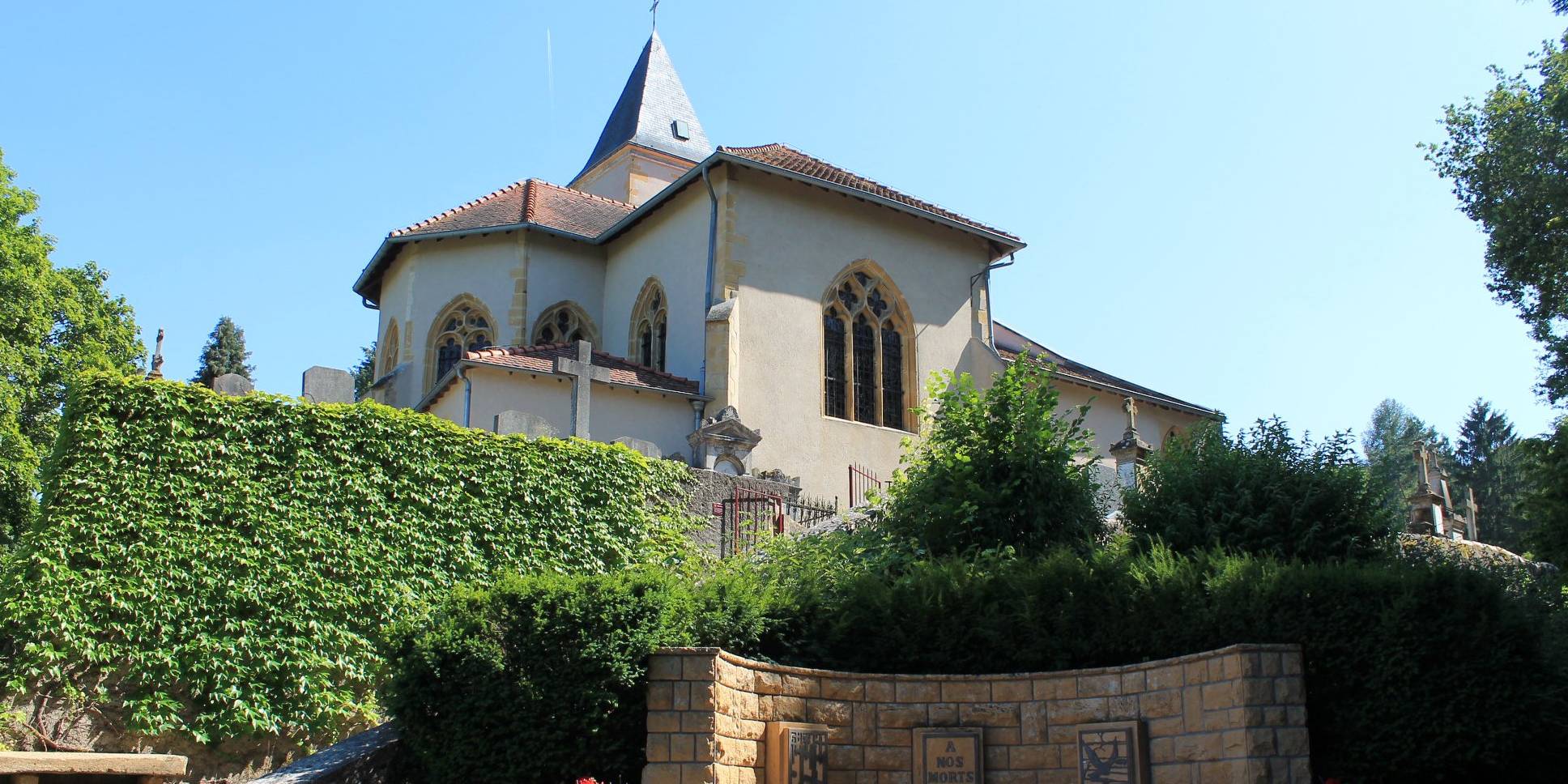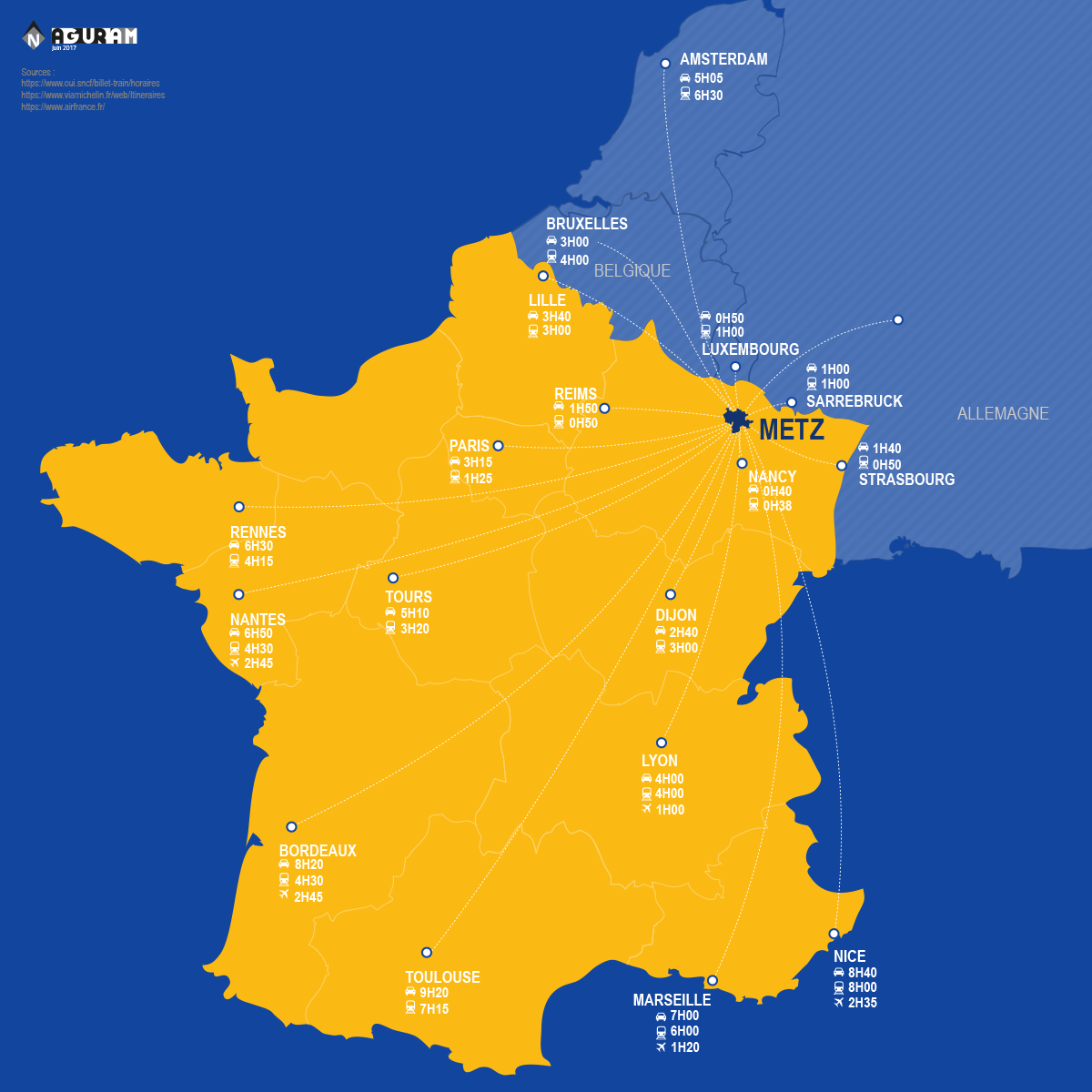The Bishop of Metz, Saint Pappole, built a villa named Pappoli-Villa in 621. This is where the name Plappeville comes from.
The village was renowned for its witchcraft in the 16th and 17th centuries. At the Cueillat cross, four majestic lime trees remind us of the place where witches were burned.
Now a residential area on the slopes of Mont Saint-Quentin, the commune has been able to preserve its rich heritage: Château de Tignomont (former fortified manor house of the cathedral chapter), town hall (former residence of the Comte d’Arros), summer residence of many notable Metz residents in the 18th and 19th centuries, wine-growers’ houses, wash houses, fountains, calvaries.
Discover our heritage
- Sainte-Brigide fortified church, rebuilt in the 15th century
- Characteristic narrow streets and buildings (mansions, wine-growers’ houses, calvaries,...)
- Walking trails. Download the map of nature walks in Metz Métropole [PDF link]
- The three heritage routes
- The arboretum on Col de Lessy


